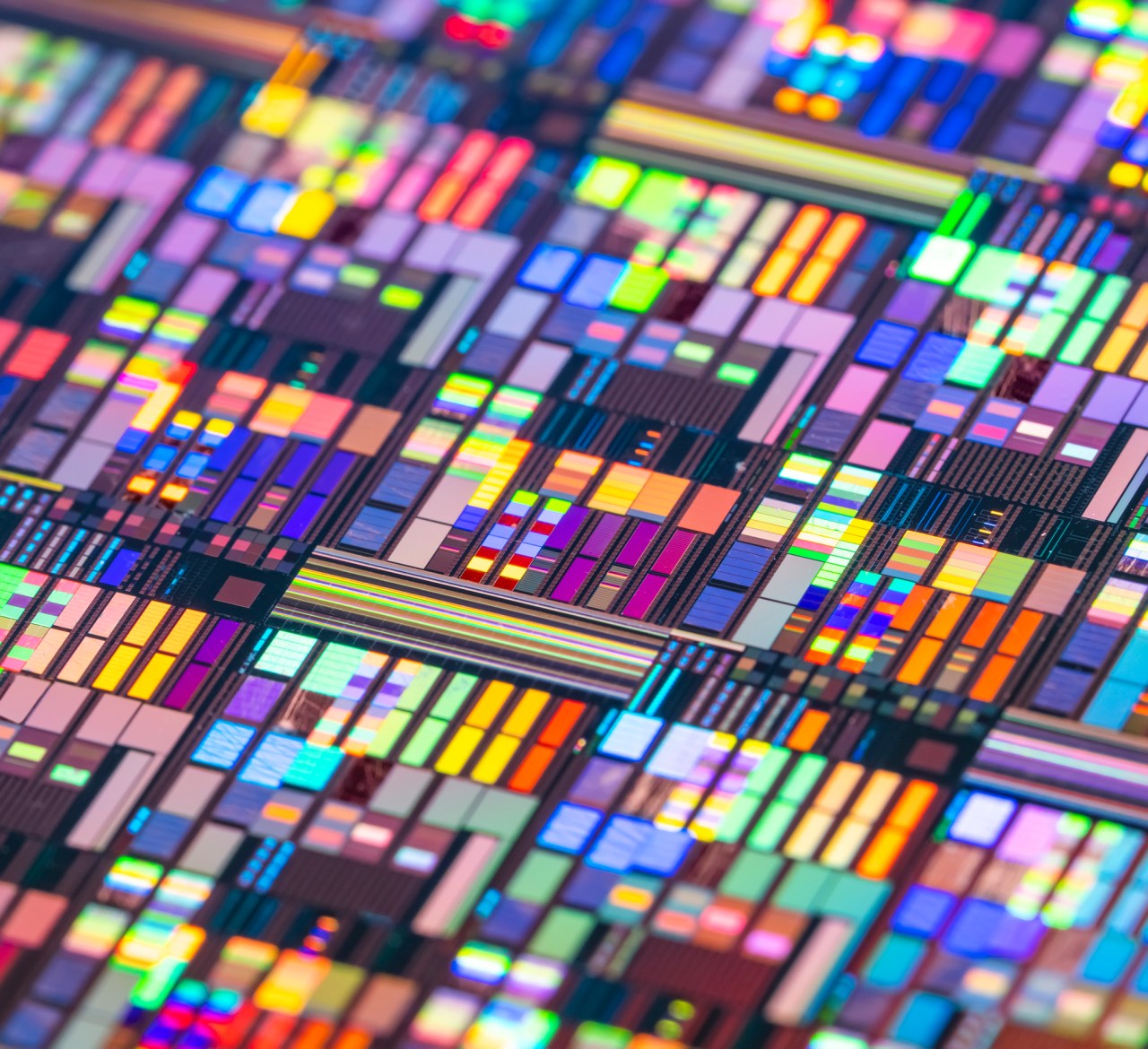In the world of artificial intelligence, speed and efficiency are paramount. Google has just raised the bar with their recent announcement: the Cloud TPU v5p, the most powerful AI accelerator to date. This state-of-the-art chip promises not only to enhance the training of large language models (LLMs) but also to reshape how developers and researchers utilize machine learning frameworks. Let’s dive into the details of this breakthrough technology and its implications for the future of AI.
Understanding the TPU v5p: Specification Highlights
Google’s TPU v5p distinguishes itself through impressive technical enhancements over its predecessor, the TPU v4. Here are several key features that make the v5p a game changer:
- Massive Scalability: The v5p pod boasts an astonishing 8,960 chips, which can harness Google’s fastest interconnect, operating at up to 4,800 Gbps per chip.
- Performance Boost: In comparison to the TPU v4, the v5p chips are reportedly 2x faster in terms of floating-point operations per second (FLOPS) and show a significant leap with 3x improvement in high-bandwidth memory.
- Enhanced Training Speed: The TPU v5p claims it can train a sizeable language model like GPT-3 2.8 times faster than the previous TPU v4, while also being more cost-effective.
- Support for Leading ML Frameworks: With robust support for frameworks like JAX, PyTorch, and TensorFlow, developers can seamlessly scale their projects without compatibility concerns.
The Implications for AI Development
The advancements of the TPU v5p are not just numbers; they carry significant implications for AI research and development. As highlighted by Jeff Dean from Google DeepMind, this new chip can double the speed for LLM training workloads compared to its predecessor. This means researchers could iteratively improve their models at an unprecedented pace, leading to rapid innovations in AI applications.
Additionally, the introduction of the second generation of SparseCores targets embeddings-heavy workloads. This improvement speaks to the pressing need for speed in applications reliant on large datasets and complex calculations, allowing for more sophisticated models to be trained without compromise.
Real-World Applications and Future Readiness
The introduction of the TPU v5p comes at a critical time in AI development. As industries like healthcare, finance, and entertainment increasingly rely on powerful machine learning models, the demand for high-performance computing solutions is more vital than ever. The capabilities of the TPU v5p can accelerate breakthroughs in various sectors by providing the computational speed necessary to analyze complex datasets and generate predictions.
Moreover, the anticipated cost-effectiveness of using the TPU v5p opens doors for startups and smaller companies to leverage cutting-edge technology without prohibitive costs, democratizing access to high-performance AI tools.
Getting on Board with TPU v5p
As Google prepares the TPU v5p for rollout, interested developers should connect with their Google account managers to express their interest. Although it is not generally available yet, being proactive could enable teams to get ahead of this technological wave.
Conclusion
Google’s Cloud TPU v5p is more than just an upgrade; it represents a leap forward in AI hardware capabilities. As machine learning continues to evolve, having access to such advanced resources will empower developers to push the boundaries of what is possible in AI.
At fxis.ai, we believe that such advancements are crucial for the future of AI, as they enable more comprehensive and effective solutions. Our team is continually exploring new methodologies to push the envelope in artificial intelligence, ensuring that our clients benefit from the latest technological innovations.
For more insights, updates, or to collaborate on AI development projects, stay connected with fxis.ai.

